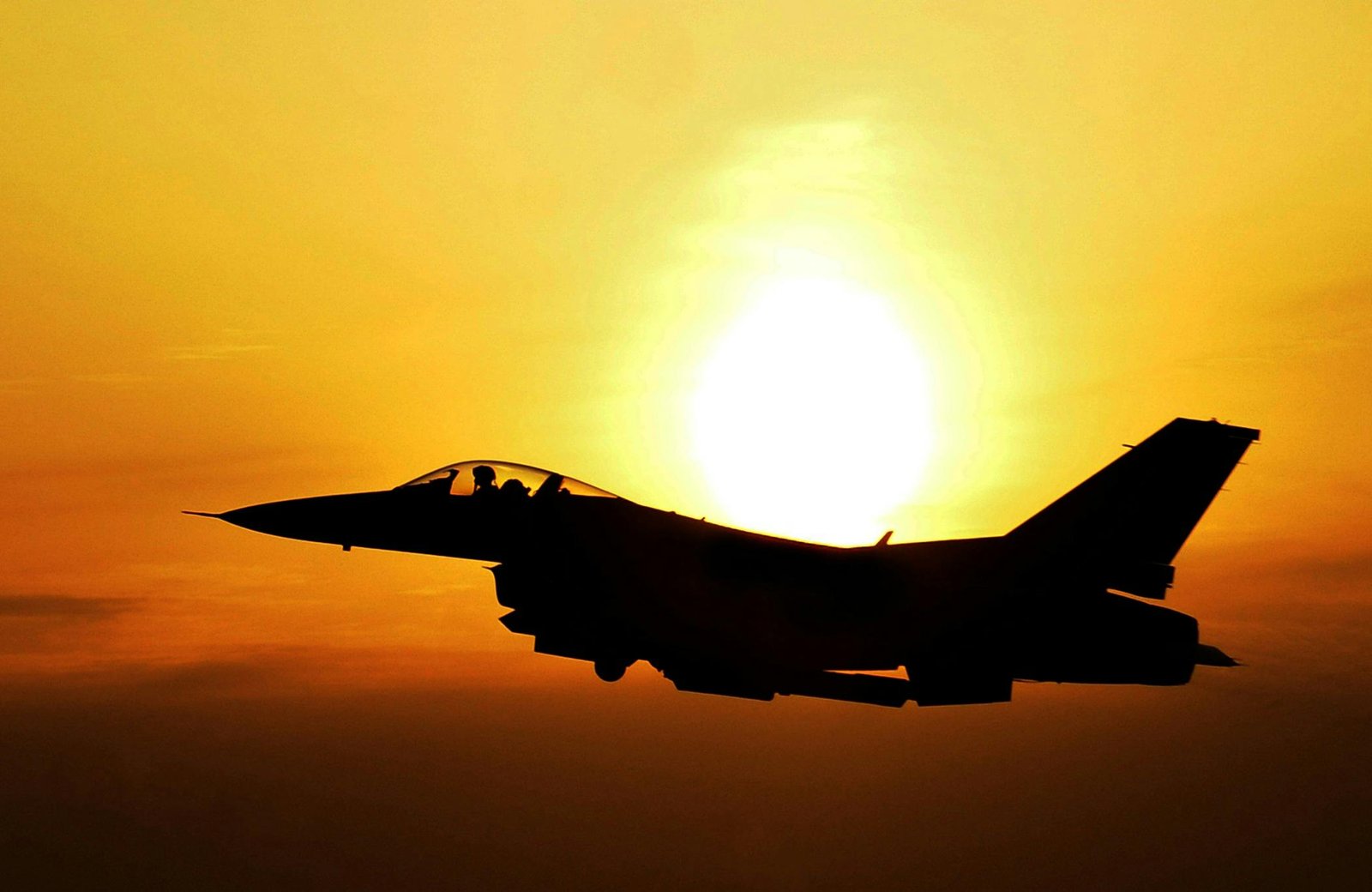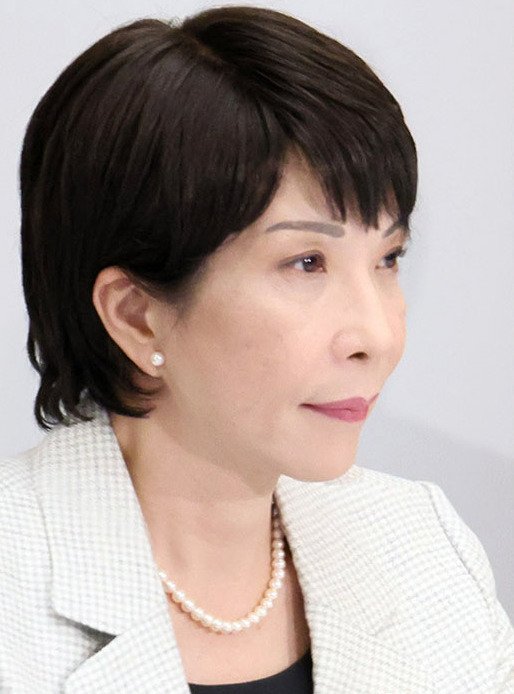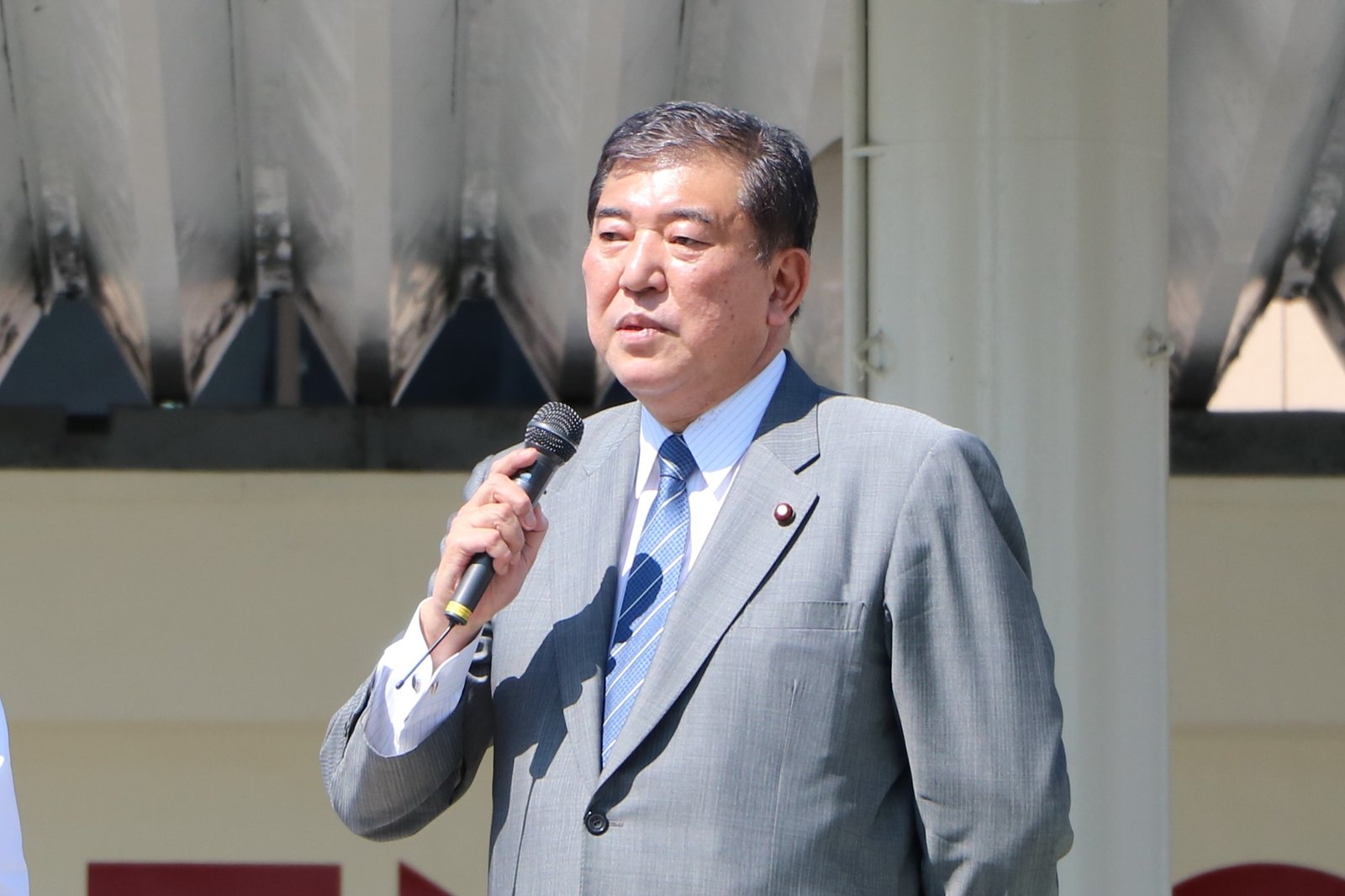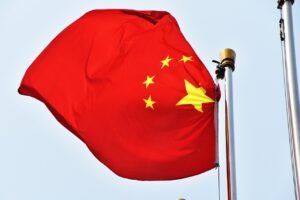Japan Boosts Defense Aid to Secure Indo-Pacific
- Japan has allocated 8.1 billion yen for fiscal 2025 to provide defense equipment to like-minded nations, a 60% increase from the previous year.
- The recipient nations under Japan’s “official security assistance” program are yet to be finalized, but the Philippines, Malaysia, and Papua New Guinea are expected to be included.
- The move is in response to concerns including China’s maritime assertiveness in the South and East China seas.
- This decision reflects Japan’s strategic priorities and its commitment to ensuring peace and stability in the Indo-Pacific region.
Japan, in a significant move, has earmarked 8.1 billion yen for fiscal 2025 to provide defense equipment to the armed forces of like-minded nations. This decision, marking a more than 60 percent increase from the previous year, is a part of the government’s 115.5 trillion yen draft initial budget for fiscal 2025, approved by Prime Minister Shigeru Ishiba’s cabinet late last month.
The recipient nations for the next fiscal year from April under Japan’s official security assistance program are yet to be finalized. However, the Philippines, Malaysia, and Papua New Guinea are expected to be included, according to Foreign Ministry officials. In addition to these countries, Japan is also contemplating providing security aid to some Pacific island states.
This move is not unprecedented. Tokyo launched the defense aid framework in 2023 with the aim to ensure the peace and stability of the Indo-Pacific region and create a security environment desirable for Japan.
Strengthening Defense Capabilities Amid Rising Concerns
This decision was made amid mounting concerns, including China’s maritime assertiveness in the South and East China seas. For the current fiscal year through March, the ministry has allocated 5 billion yen and designated the Philippines, Indonesia, Mongolia, and Djibouti as recipients of the grant aid.
The program supports efforts by developing countries to enhance their defense capabilities in areas such as maritime and aerial surveillance, disaster response, and other forms of humanitarian assistance, as well as U.N. peacekeeping operations.
Assistance for foreign militaries is not covered by Japan’s official development assistance, which is limited to nonmilitary objectives. As for the development aid, the government has set aside 566.4 billion yen for the next fiscal year, up 0.2 percent from the previous year.
Japan’s Strategic Approach to Regional Security
This move by Japan is a clear indication of its commitment to ensuring peace and stability in the Indo-Pacific region. It also underscores the country’s strategic approach to dealing with the increasing maritime assertiveness of China in the South and East China seas.
The decision to increase the allocation for defense equipment to like-minded nations is a significant one. It not only reflects Japan’s strategic priorities but also its willingness to play a more active role in regional security. This is particularly relevant given the current geopolitical dynamics in the Indo-Pacific region.
The inclusion of the Philippines, Malaysia, and Papua New Guinea as potential recipients of the aid further highlights Japan’s focus on strengthening its ties with these countries. This is in line with Japan’s broader foreign policy objectives of fostering stronger relationships with countries in the Indo-Pacific region.
In conclusion, Japan’s decision to allocate 8.1 billion yen for fiscal 2025 to provide defense equipment to the armed forces of like-minded nations is a significant development. It reflects Japan’s strategic priorities and its commitment to ensuring peace and stability in the Indo-Pacific region. It also underscores the country’s willingness to play a more active role in regional security, particularly in the context of the increasing maritime assertiveness of China in the South and East China seas.














Post Comment